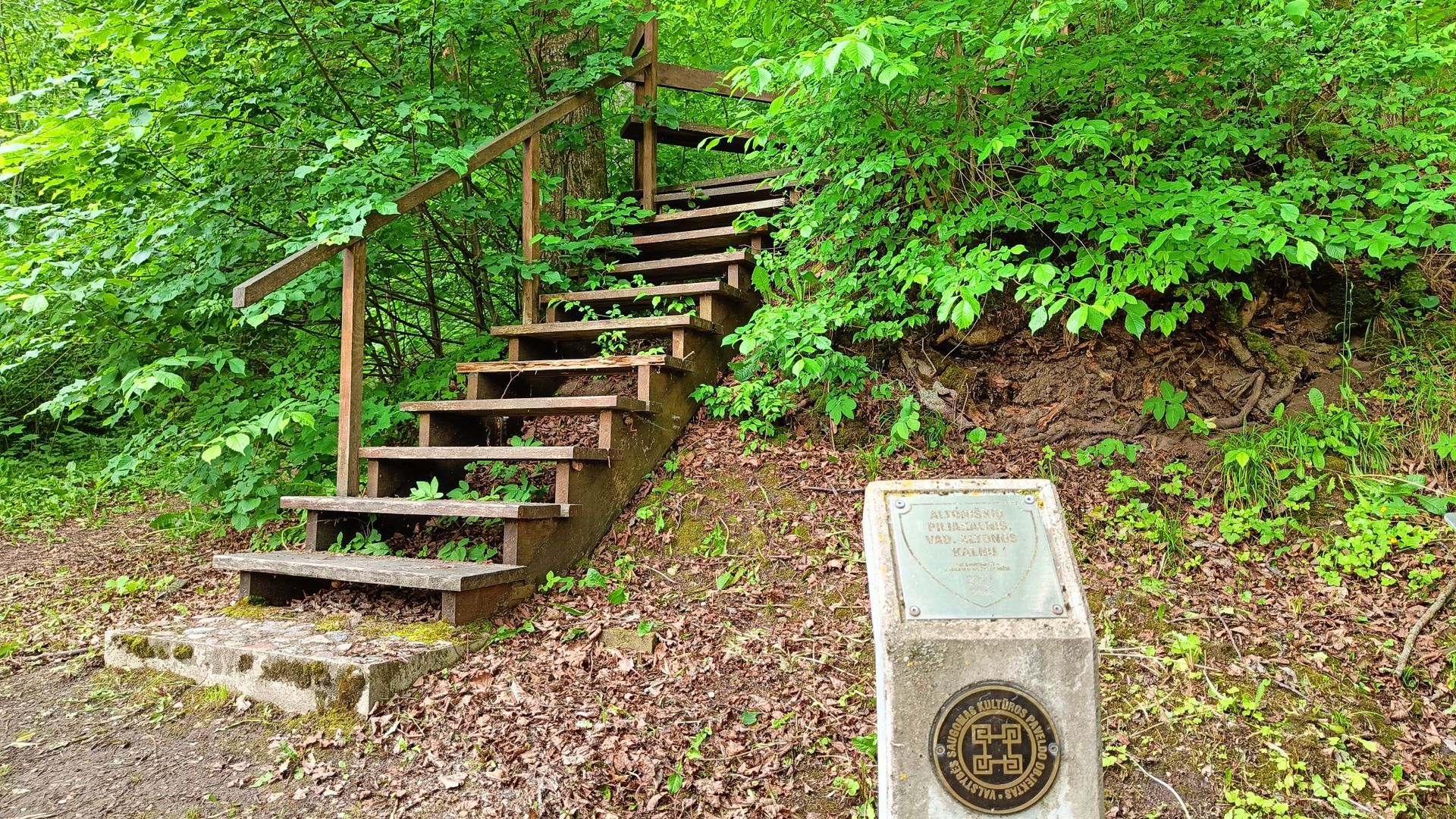
2 people was here
0 reviews
It is the place where the Nemunas curves and the Towers of Vilkija Church can be seen, and the place where the eternal fire used to be lit to Altonė, goddess and guardian of the newlyweds. Although sacrifices are no longer burnt to the divine beings, Altoniškės Mound is still surrounded by the wonderful legends that reveal the pagan Baltic heritage.
When mining the Altoniškės Mound before the First World War, archaeologist Tadas Daugirdas discovered a cultural layer containing wood charcoal and ash. These suggested that the mound was inhabited for a long time. This gave rise to the legend about the prophet Altas settled in the surrounding of the old oaks, who had a daughter Altonė. This gave rise to the names of the village and the mound.
The Altoniškės Mound, frequently referred to as the Altona Mountain, located in the valley at the confluence of the Nemunas and the Ova used to be a gathering place for the grooms in the ancient times. It is said to be the place where the eternal fire used to burn, where the sacrifice offered by the grooms were burned to the god Altone. Having gathered, the young men would stand under the majestic oaks on the top of the mound, and the goddesses would ask for their bride. It is stated that the place of the altar was passed from generation to generation as the greatest secret.
Having climbed on the Altoniškės Mound, we will not see the grooms waiting under the trees and sacrificing at the altar. The only remaining oak that has survived for 1,000 years gives us the memory of the puzzling legends. This is a gathering place for the local people and guests of the village to feel the old Baltic culture at least for a moment, to celebrate festivals and enjoy the beautiful sceneries. The eternal fire is no more lit on the newly built fireplace, but St. John’s fire cheerfully crackles every year, instead.
© Nemuno kelias
Cultural heritage
Loading...
Loading...
Cultural heritage
©2025 trip.lt

